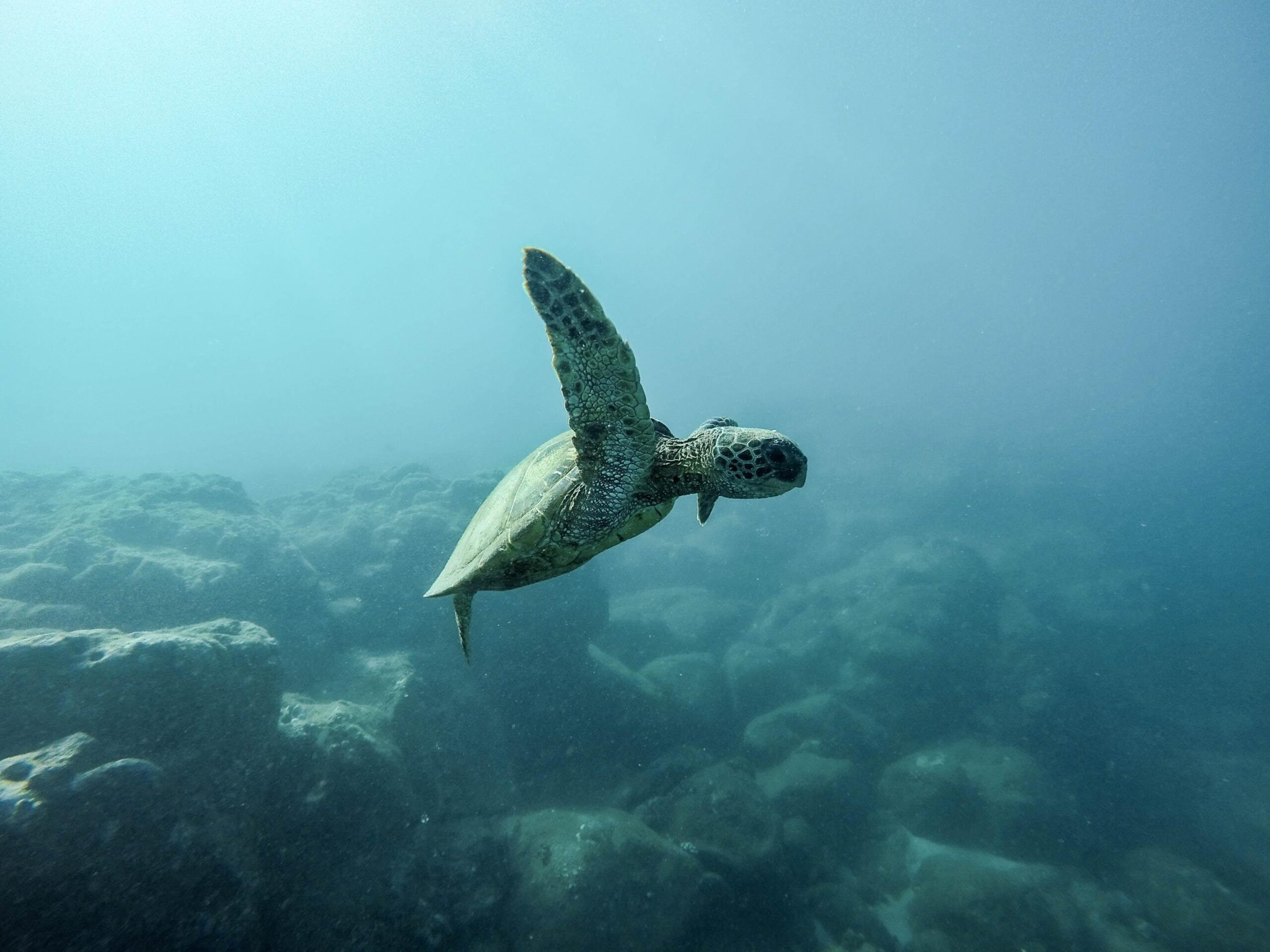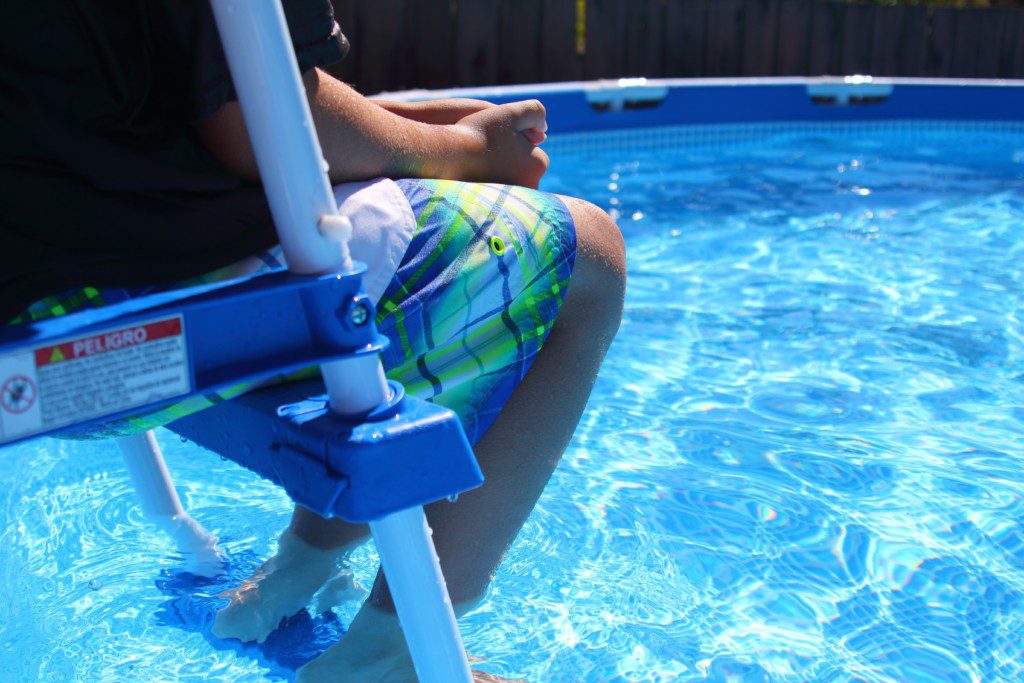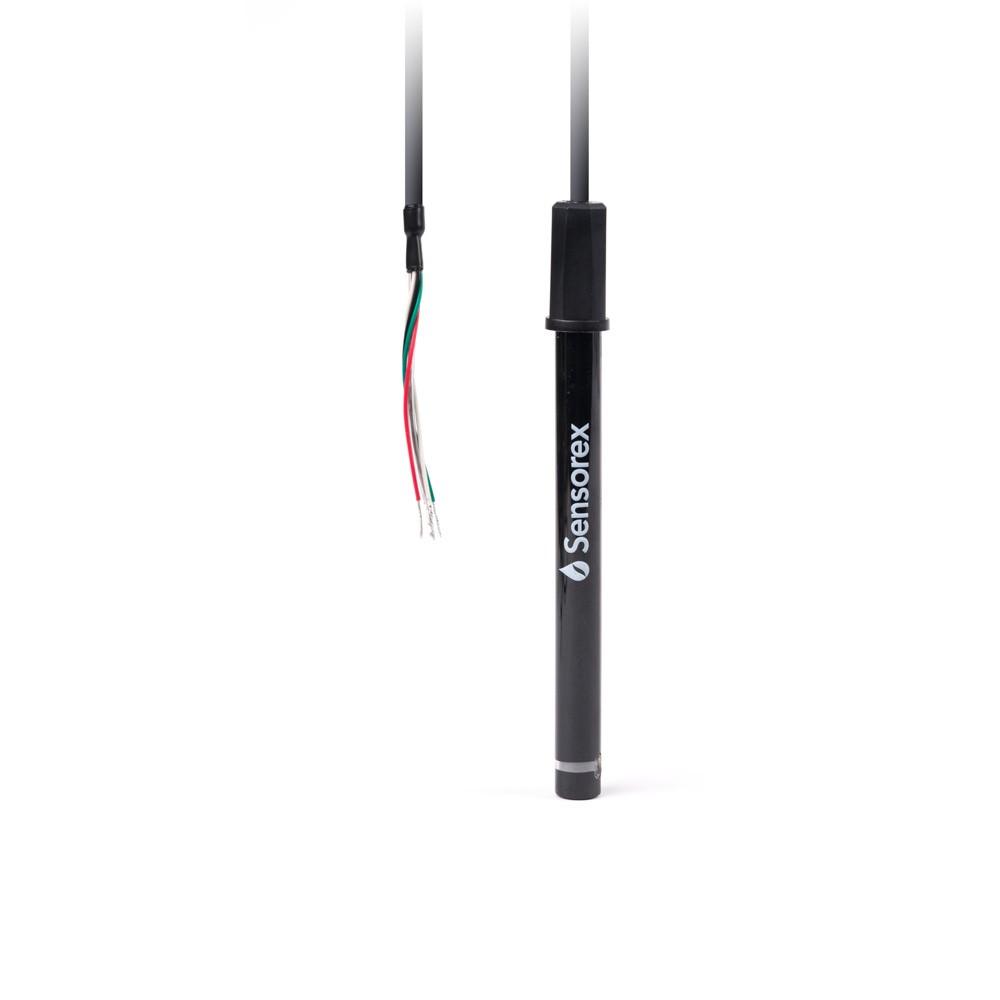12/30/2019 | Swimming Pool & Spa | 9 MINUTE READ
What is Salinity and How Is It Measured?

Salinity refers to the saltiness of a body of water. For instance, the ocean has high salinity. Salt can be introduced to water in one of three ways, which include natural salinity, secondary salinity, and tertiary salinity. Understanding the salinity of water is important when you want to maintain the right chemistry in a body of water. If you are considering adding a pool to your backyard, a popular alternative to the traditional chlorine pool is a saltwater pool, which has high amounts of salinity.
To maintain the right water chemistry for your pool, it’s important that you measure the salinity of the water on a regular basis, which can be measured in several different ways. The main unit that’s used to measure the salinity of water is EC/w, which stands for the electrical conductivity of water. Identifying the electrical conductivity of water can tell you how much salt is currently in the water.
While it can be difficult to understand, saltwater is considered to be a very good conductor of electricity, which means that your EC/w readings should be high when you’re trying to maintain the right chemistry for your outdoor pool. When these readings dip too low, it may be time to treat the water.
The following article takes a closer look at salinity and how to properly measure it.
What is Salinity?

Salinity refers to the amount of salt that has been properly dissolved within a body of water. The main unit that’s used to measure the amount of water salinity is EC/w, which stands for the amount of electrical conductivity in water. However, using an electrical conductivity sensor to measure the salinity of water will provide you with a different measurement unit of mS/cm, which is the amount of milliSiemens per centimeter in the water.
A single milliSiemens per centimeter is equal to 1,000 microSiemens per centimeter, which comes with a unit of µS/cm. Once you have this measurement, 1,000 microSiemens per centimer is considered to be equivalent to 1,000 EC, which is the electrical conductivity of water. A measurement of 1,000 EC is also the same as 640 parts per million, which is the unit that’s used to determine how much salt is in your pool water. A saltwater pool should have a salinity reading of 3,000 PPM, which means that the milliSiemens per centimeter reading should be around 4.6 mS/cm.
How is Salinity Made?

There are three ways that salinity can be made, which include primary salinity, secondary salinity, and tertiary salinity.
- Primary salinity is the most common method, which occurs via natural processes such as the buildup of salt from rainfall over a lengthy period of time. When rain falls, some of the salt from this water will evaporate from bodies of water or soil. It’s also possible for some of the salt to enter directly into the ground water or soil. A small amount of this water will also enter into rivers and streams before eventually flowing into oceans and lakes.
- As for secondary salinity, this type of salinity occurs when the levels of groundwater rise, which is usually brought about by vegetation being removed from a specific area.
- Salinity can also be made via tertiary salinity, which occurs when water is applied to horticulture and crops over numerous cycles. Every time that water is applied to the crops, a small amount of it will evaporate, which means that the salt concentration will increase. If water is reused on a regular basis, crops can have very high concentrations of salt.
If you’re trying to maintain the right amount of salinity in your pool, a salt water generator is typically used to maintain the correct levels of salt.
Maintaining Saltwater Pool

If you have a saltwater pool that you want to properly maintain, it’s recommended that you focus on measuring the amount of electrical conductivity in the pool water. Here at Sensorex, we offer an extensive range of EC sensors that can help you obtain accurate readings of saltwater pool salinity, which include contacting conductivity sensors and toroidal conductivity sensors. A great aspect of using any of these sensors is that you can choose the unit that you would like the measurement to be displayed as.
Using Sensorex Conductivity Sensors
All of the conductivity sensors that are available through Sensorex can provide you with the measurement in units of milliSiemens, microSiemens, and total dissolved solids, the latter of which is referred to as PPM. Many owners of saltwater pools consider PPM to be the optimal unit for measuring the amount of salt in the water.
If you are trying to maintain the salinity of a saltwater pool, the conductivity sensor that you can purchase likely doesn’t need to be a heavy-duty one. The main light-duty sensor that’s available through Sensorex is the CS150TC sensor, which is known for having reliable performance and for providing highly precise results. No matter which of these sensors you obtain, the readings that are provided to you will be enough to maintain the salinity composition of your pool.
What’s the Right Salinity Level for My Pool?
As mentioned previously, you’ll want to maintain readings of 3,000 PPM for a saltwater pool. If the numbers are lower than you would like, the water should have a higher salt concentration. If the unit that you’re using to measure water salinity is mS/cm, the readings should be right around 4.6. While 3,000 PPM might seem like a high number for the amount of saltwater, the ocean consists of PPM levels that are right around 35,000. Keep in mind that you will need to pair the conductivity sensor that you purchase with a transmitter that can read the data provided by the sensor.
Why is Maintaining Salinity Important?

Maintaining salinity is important if you want your saltwater pool to be comfortable when using it. When salinity is kept at the ideal levels of 3,000 PPM, a saltwater pool can actually provide health benefits for individuals who suffer from such asthma or certain allergies. However, if the amount of saline in pool water is too high or too low, there can be some side effects to you and anyone else who swims in the pool.
When you measure the salinity of your saltwater pool, you generally don’t want to have readings that are higher than 4,000 PPM. Even though having too much salt in the water isn’t that harmful to your health and shouldn’t create many problems in your pool, the right salt levels will provide you with benefits that may not apply at high levels. If there isn’t enough saline in the pool water, the main issue is that the water won’t generate enough chlorine, which is needed to prevent the growth of bacteria and algae. Having too little saline in the pool is also a sign that the pool is losing salt content because rain water is getting into the pool or because the pool is leaking. Either way, it’s important to maintain proper salinity levels.
Risks of High Salinity

While there aren’t many harmful effects of having too much salt in your pool water, it’s possible that the salt will become corrosive with readings above 6,000 PPM, which can be damaging to any metallic equipment in the pool. This equipment usually includes any handrails and ladders in the pool. It’s also important to note that certain salt water generators won’t turn on if the salinity of your pool water isn’t between 3,000-4,000 PPM, which will make it difficult for you to maintain the right salinity.
It’s important to maintain the salt levels of your pool because of the many benefits that saltwater pools can provide at the right salinity levels. For instance, water in a saltwater pool typically feels softer than water in a standard chlorine pool. Saltwater also produces its own chlorine, which means that there’s no reason for you to store this chemical. When you use an electrical conductivity sensor for your saltwater pool, you may need to take action if the salt levels are below 3,000 PPM or higher than 6,000 PPM.
If the readings are below 3,000 PPM, all you will need to do is add salt to the water before taking another reading. However, high levels of salt in your pool may require you to dilute the water. If the pool isn’t completely full, consider adding some fresh water to the pool via a garden hose. You can then retest the water with an EC sensor. If, on the other hand, the pool is full, it’s possible that some of the water will need to be drained before you add fresh water.
Sensorex Sensors to Maintain Salinity

When you want to maintain the salinity of your saltwater pool, there are many fantastic EC sensors that you can use to do so. These sensors are available as contacting conductivity sensors and toroidal conductivity sensors. The main sensors that are available through Sensorex include the CS150TC, the CS675HTTC, the CS8300TC, and the SensoPRO Toroidal Conductivity Monitoring System. Each sensor comes with its own set of features that might be useful to you. For instance, the SensoPro can display conductivity, TDS, and salinity readings.
You should purchase from Sensorex because our products have been on the market since 1972. Since that time, we have refined our sensors to make sure that they provide owners with precise and reliable results, which has helped us a sterling reputation. When you order from our online store, we offer very fast delivery so that you can begin to use the sensor soon after purchase. In the decades that Sensorex has been in business, it’s built more than 2.5 million sensors, which is why you can be confident when purchasing from us.
Maintaining Your Saltwater Pool at the Right Level
When you want to properly maintain your saltwater pool and keep salinity at the right level, the sensors available through Sensorex can help you with this goal. With these sensors, you can conduct weekly or even daily readings to determine if the salt concentration in your pool is at or around 3,000 PPM. If the readings are too low or too high, you will be able to react quickly before the pool becomes damaged in some way.
When salt levels are too low, you may have difficulty avoiding the development of bacteria. The presence of bacteria in the pool can negatively affect your health and may cause you to become sick. High salt levels can also damage some of the metallic equipment in your pool. As such, it’s important that you maintain the correct salt levels.
If you would like to purchase one of our conductivity sensors like the CS150TC or SensoPro, contact Sensorex today to learn more about how these sensors can benefit you or about the other products we offer!
Posted by Sensorex on December 30, 2019
Sensorex is a global leader in the design and manufacture of quality sensors for water quality and process applications. The company offers more than 2000 sensor packages for pH, ORP, conductivity, dissolved oxygen, free chlorine, chlorine dioxide, UV transmittance and other specialty measurements, as well as a full line of sensor accessories and transmitters. Its expert technical support engineers solve analytical sensor challenges with custom designs and off the shelf products.





